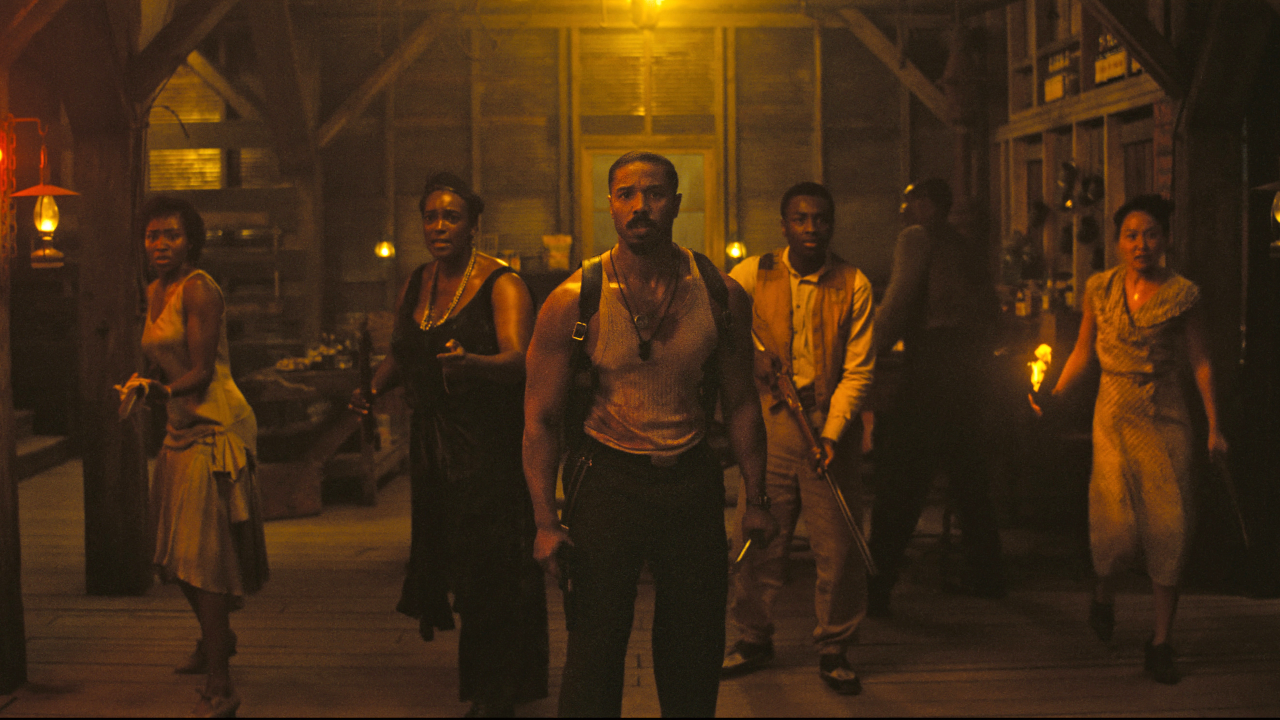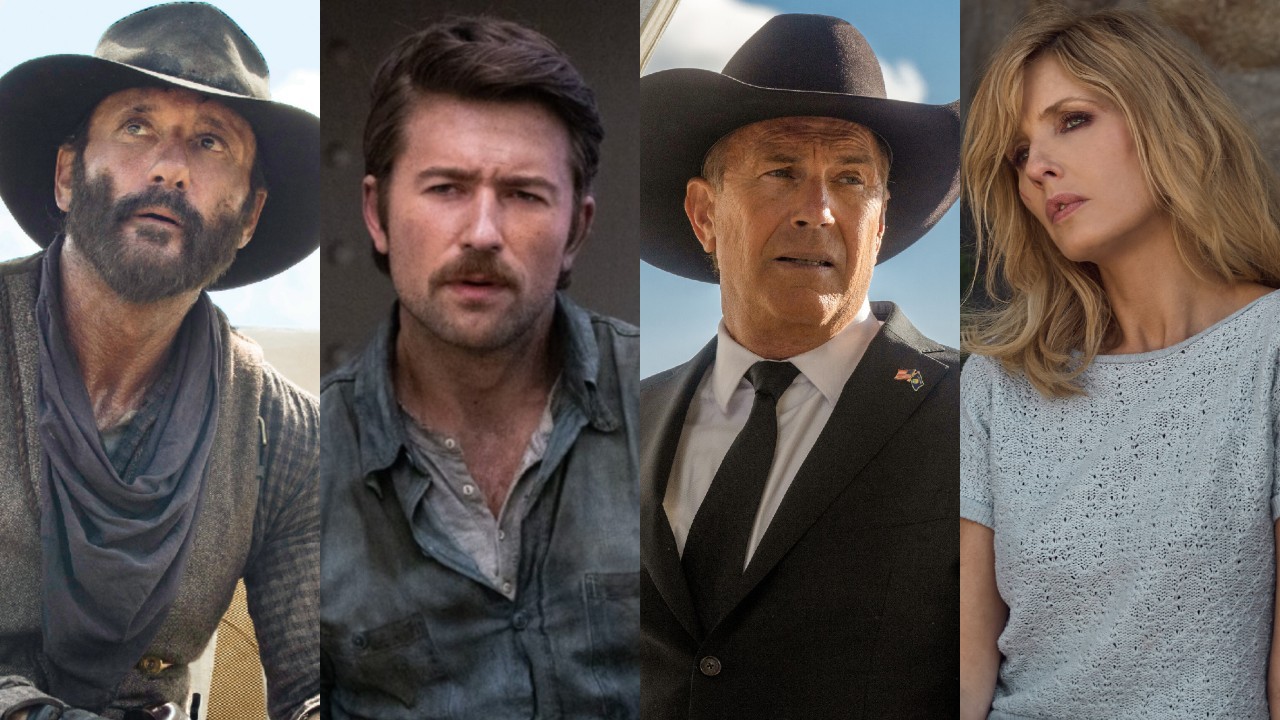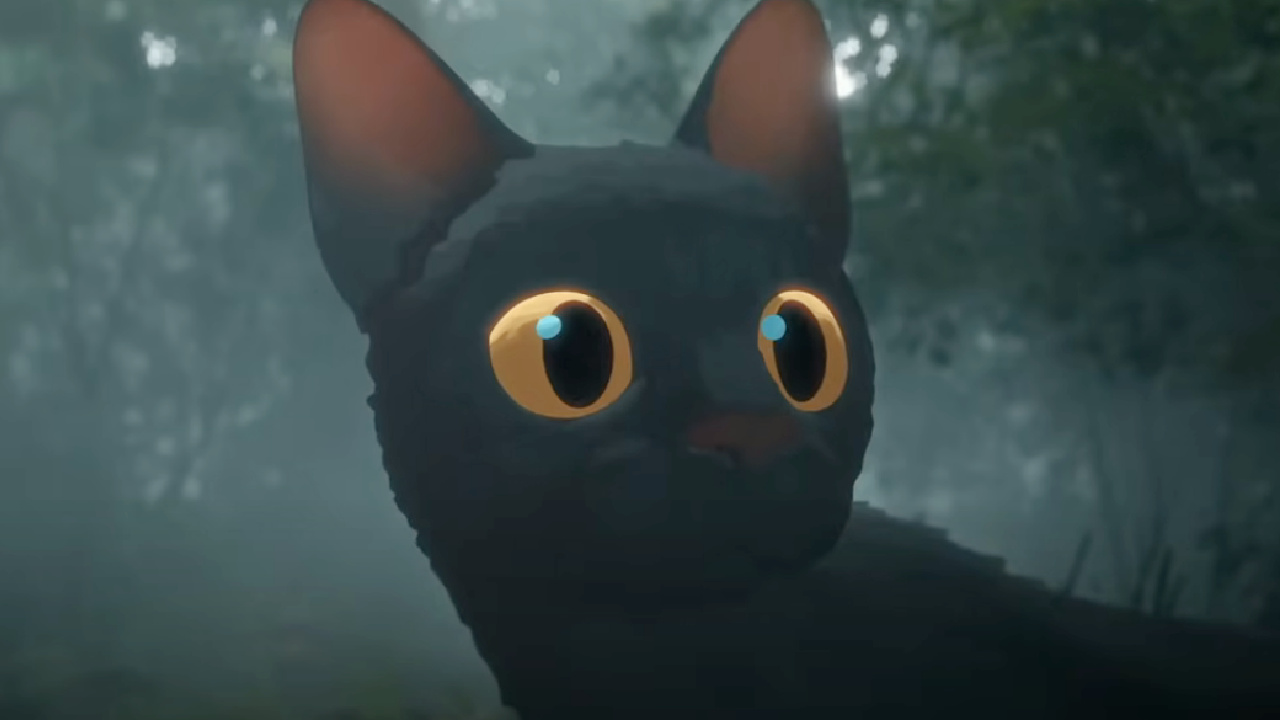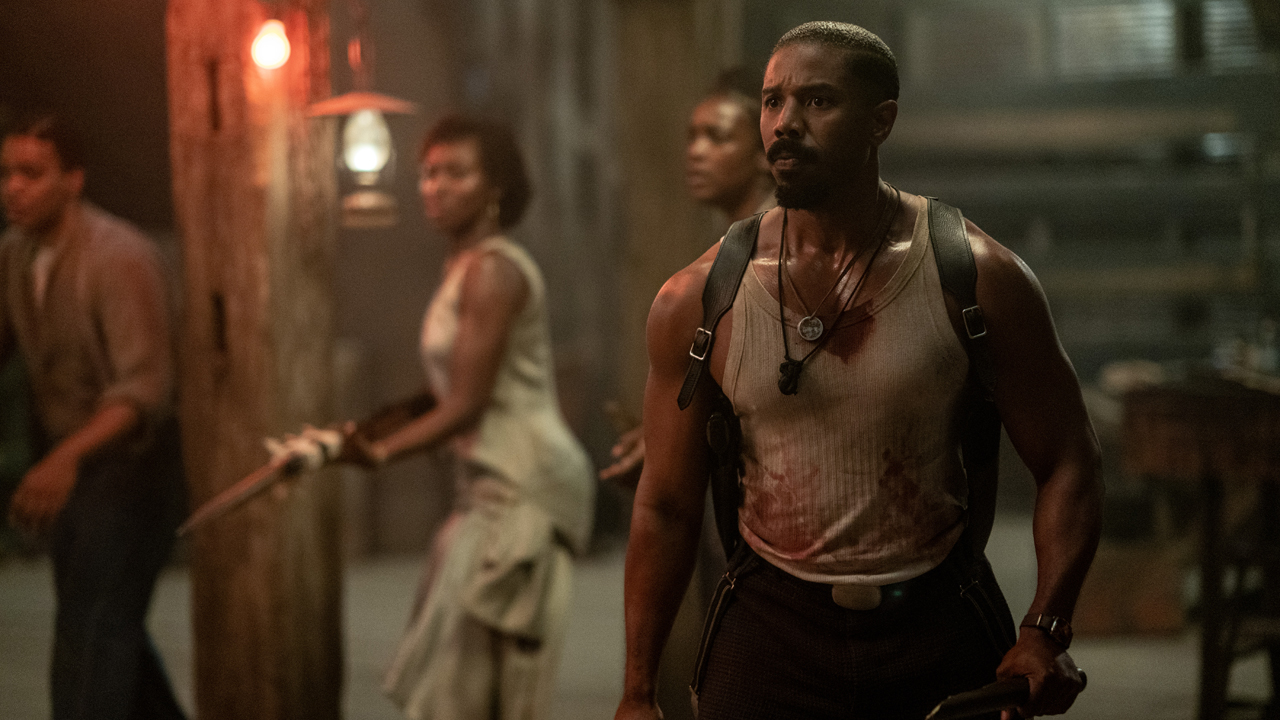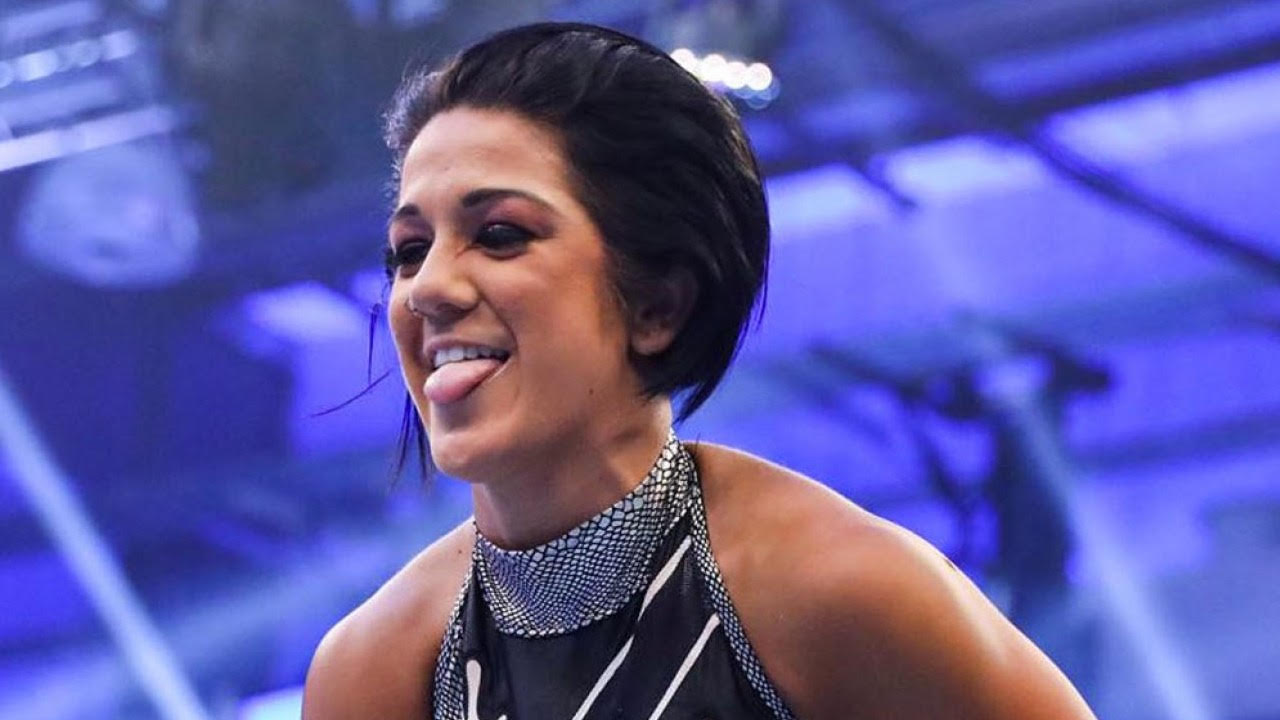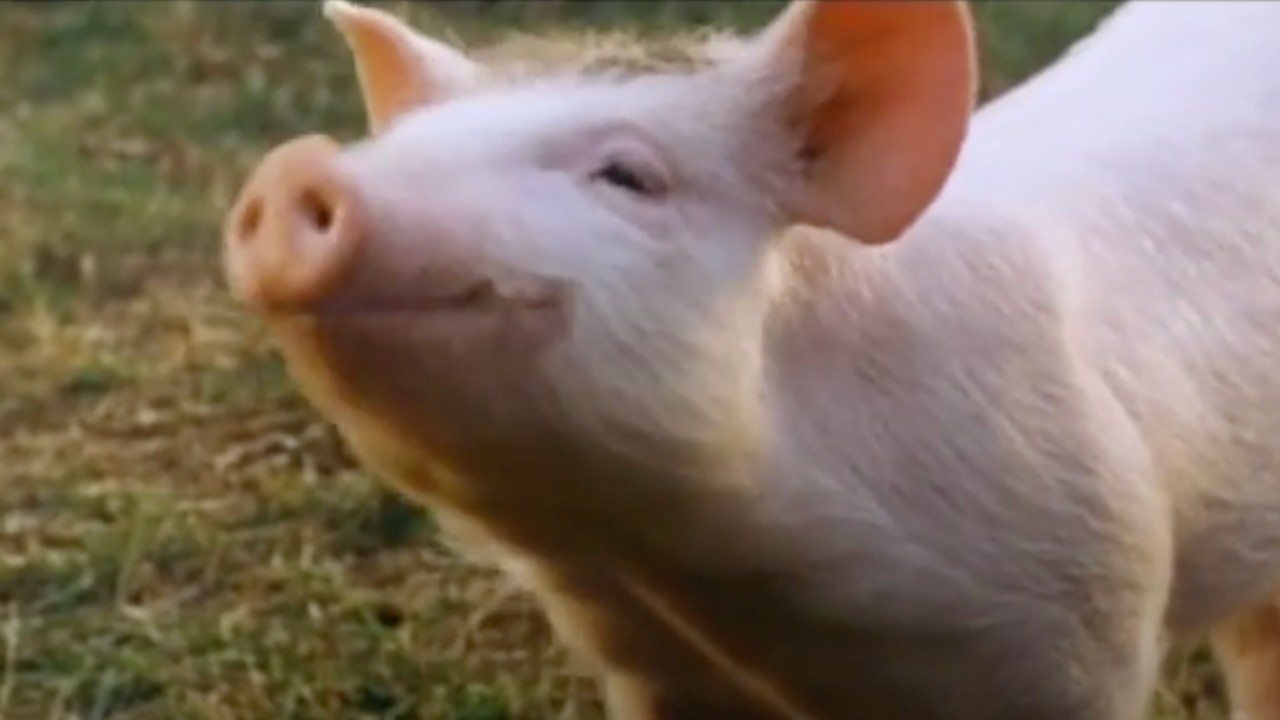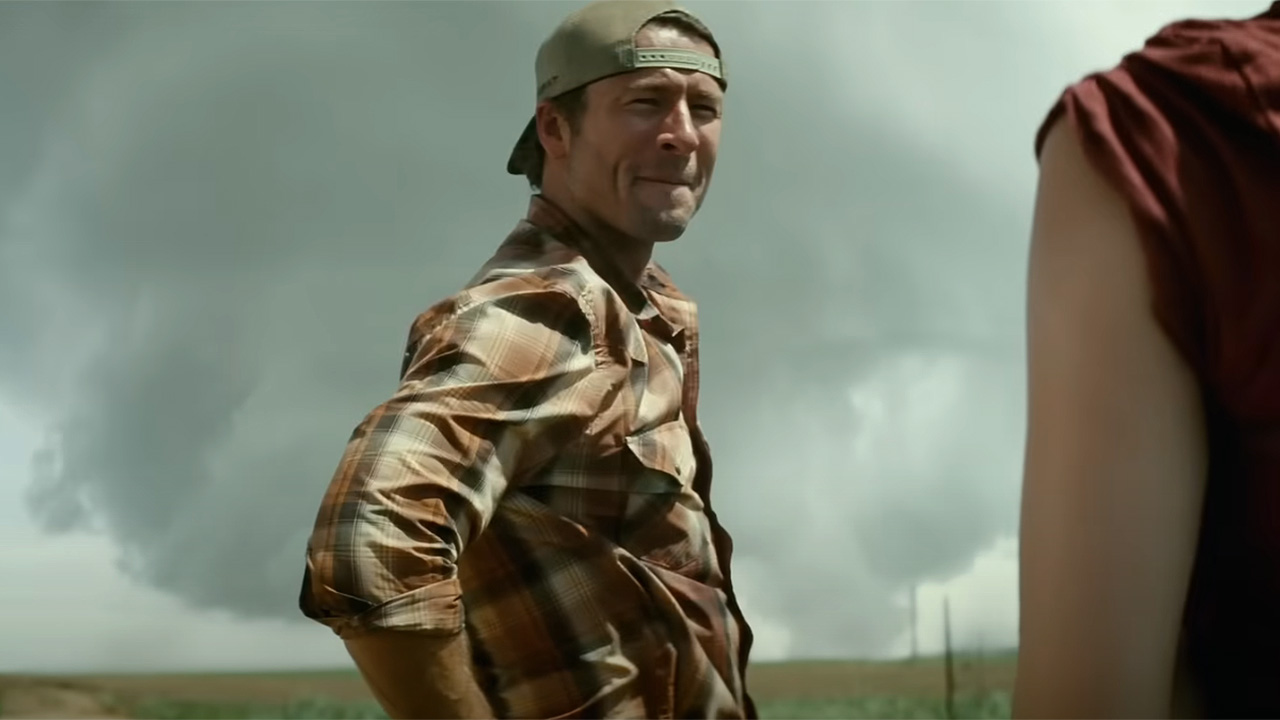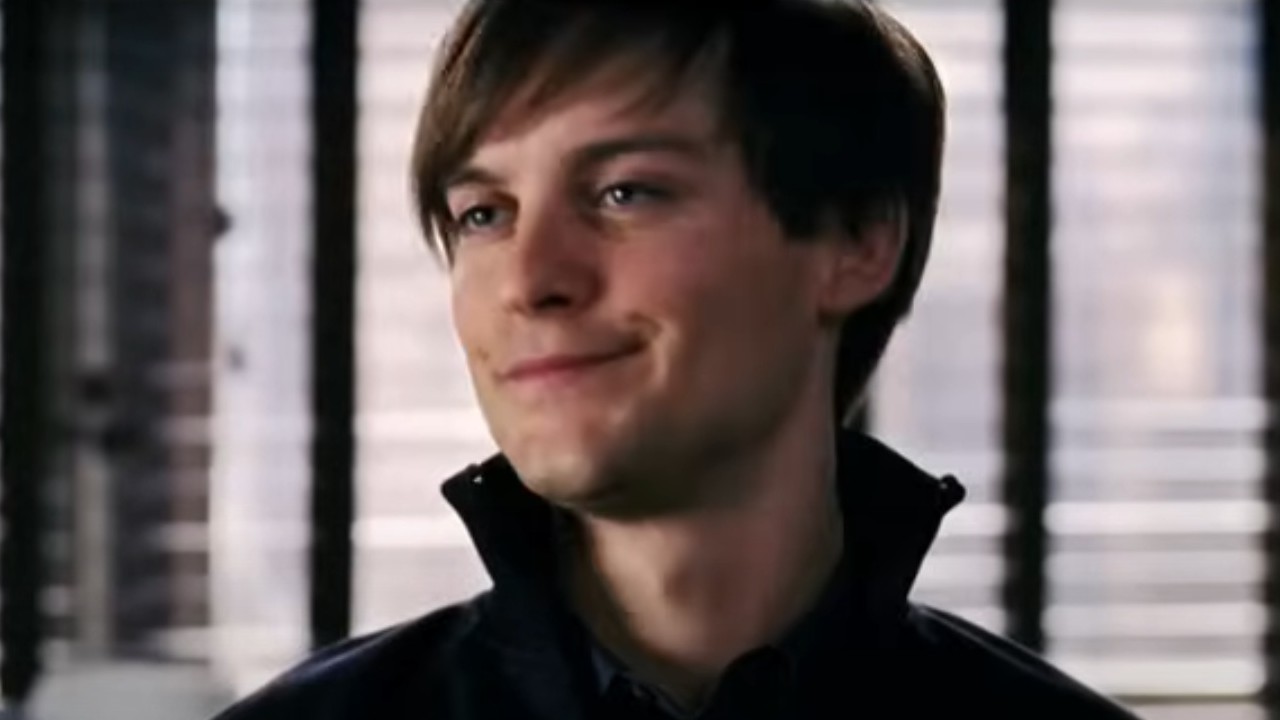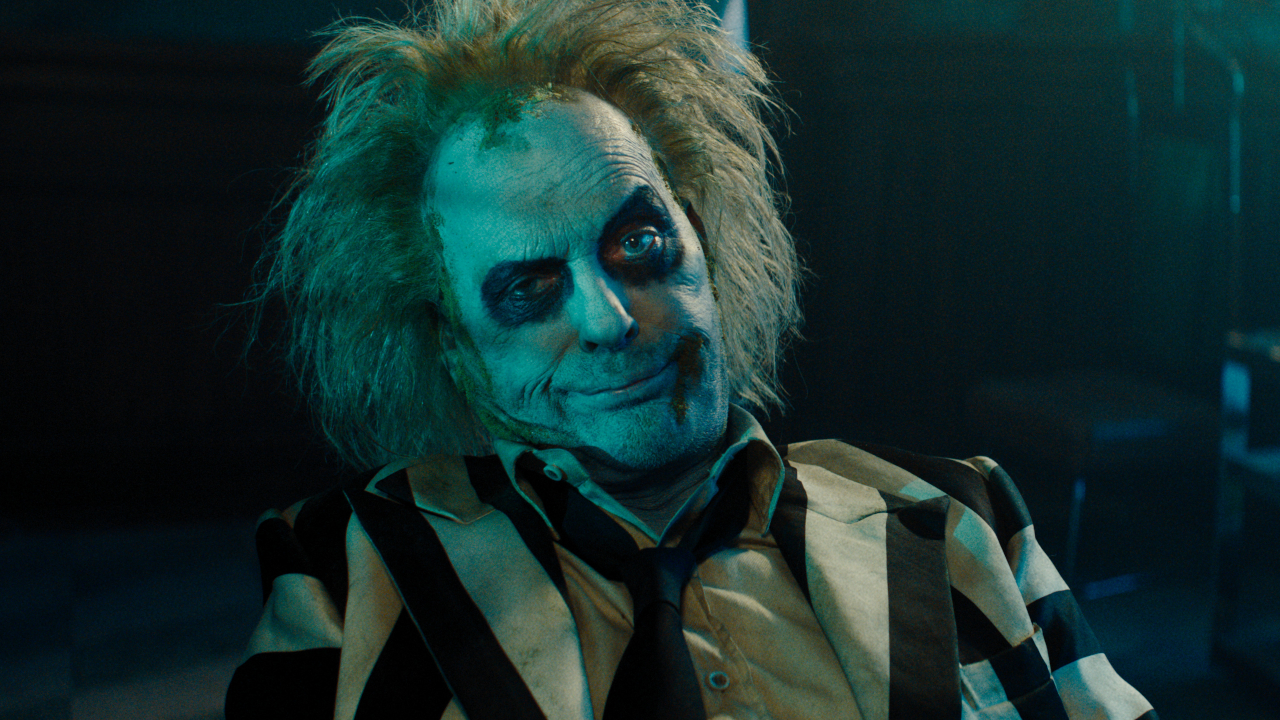What Ever Happened To Westcot? And 5 Other Planned Disney Parks That Never Happened
There are 12 Disney theme parks around the world, but there are almost as many that never happened.
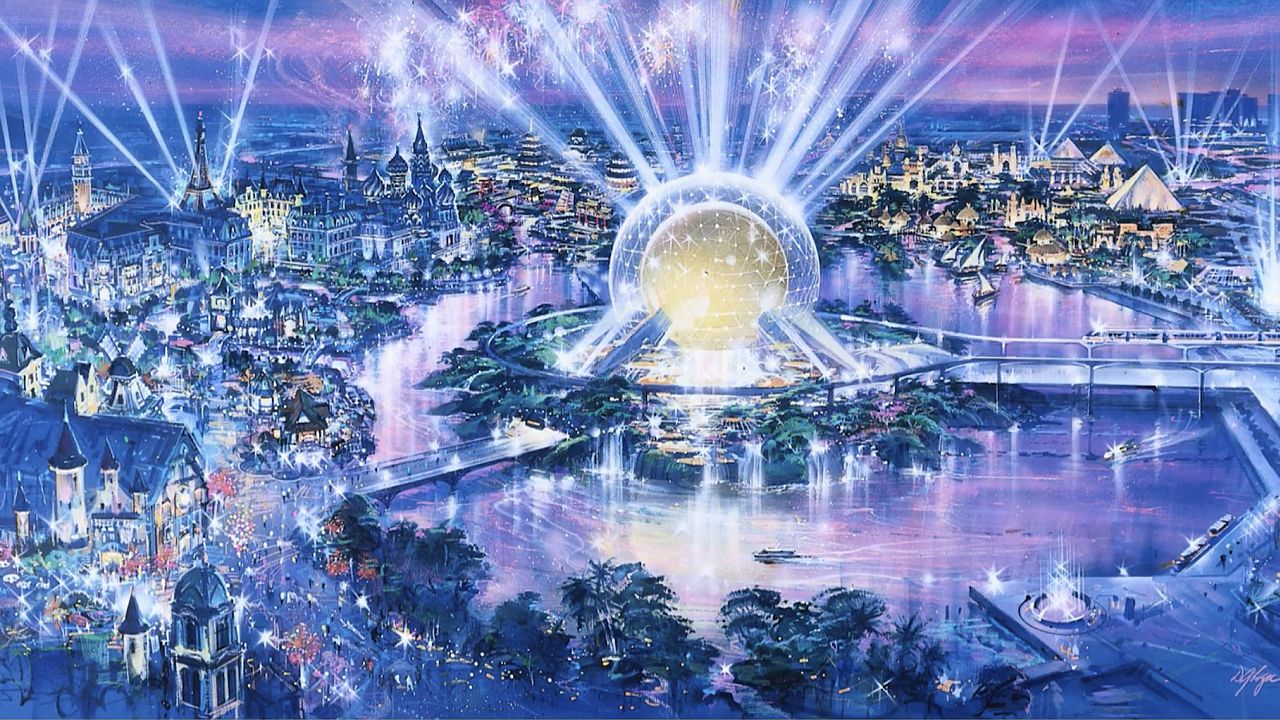
When Walt Disney opened Disneyland, it was an amusement enterprise unlike anything the world had ever seen. Almost instantly, there was interest from other parts of the country, and the world, that wanted their own Disneyland theme park. Today, there are 12 different Disney parks in six different locations around the world, but there could have been a lot more.
While Walt Disney himself would go on to start work on what became Walt Disney World, there were a few other concepts that were strongly considered by the man himself, and even more that came after he was gone.
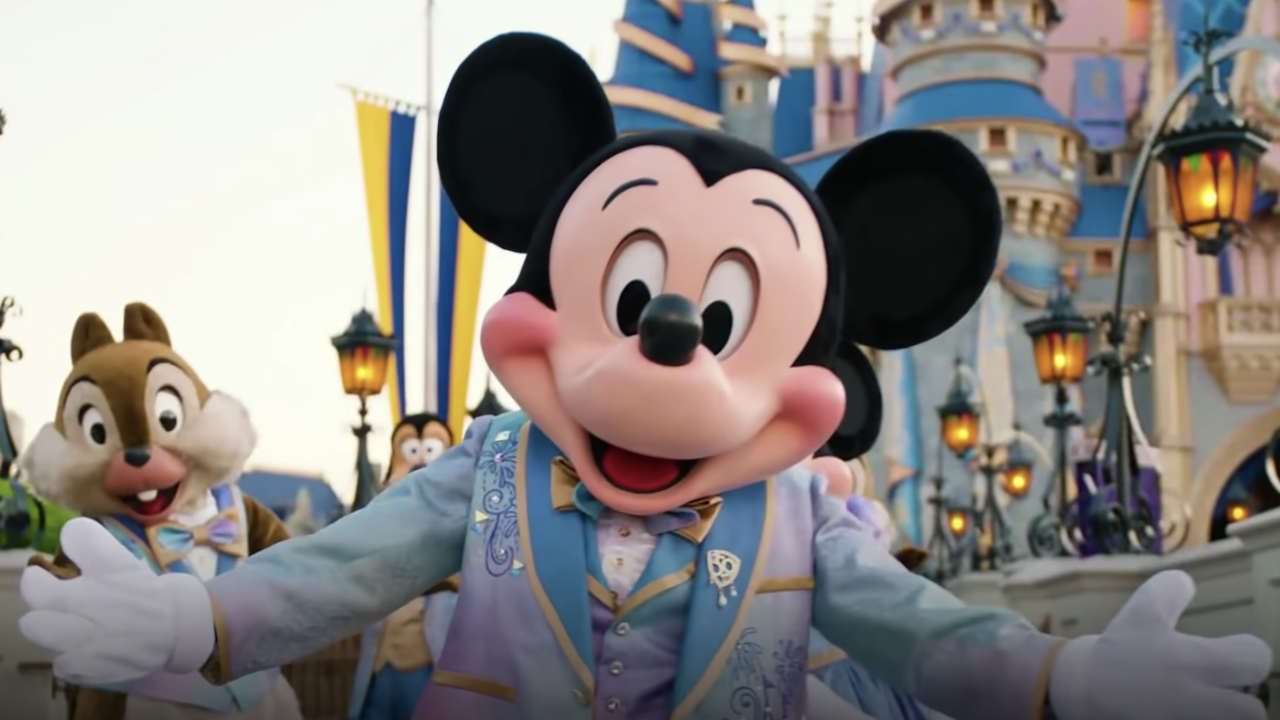
Mickey Mouse Park
The first Disney theme park never built was the first Disney theme park ever conceived. Originally, Walt Disney was planning to build a theme park adjacent to his movie studio in Burbank, CA, similar to what would eventually happen with Universal Studios Hollywood. It was called Mickey Mouse Park, and while it had a lot in common with Disneyland, the one big difference was it was much smaller.
The land available for building Mickey Mouse Park would have made for a much smaller location. In the end, this is what killed the project, as Walt realized that what he wanted to do simply wouldn’t fit, and he needed to find a larger space.
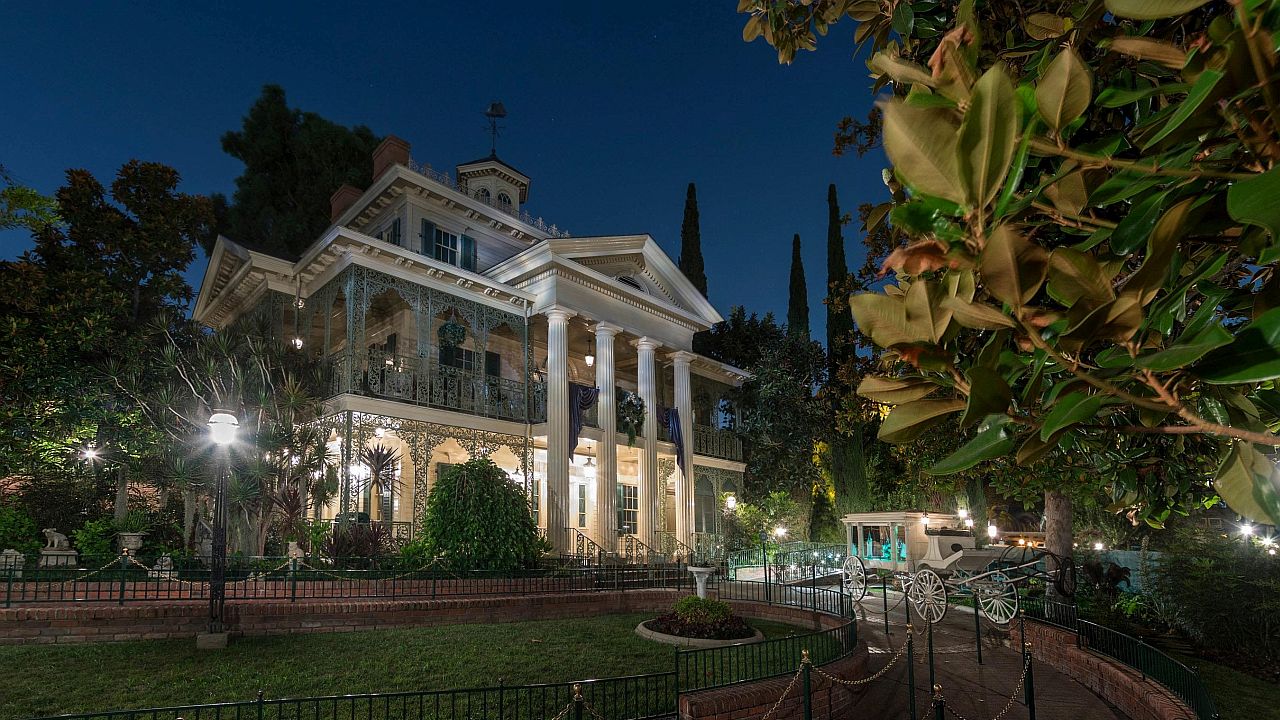
Riverfront Square
St. Louis, Missouri might not be the first place you think of when you think of a Disney theme park, but it almost certainly could have been the home to one. Walt spent his formative years in Marceline, Missouri, and he lived in St. Louis for several years before making the move to Los Angeles, so Walt may have felt his former hometown was the perfect spot for a Disney park. Concepts like Pirates of the Caribbean and the Haunted Mansion, which would become Disney parks classics, were originally conceived for Riverfront Square
There were a couple of problems with the idea. One was that St. Louis doesn’t have the temperate weather of Southern California, which was going to mean making the park entirely indoors in order to keep it open year-round, something that was necessary in Walt’s mind. The bigger issue, however, was Walt’s desire that the park, to be called Riverfront Square, be a dry park, just as Disneyland was. With St. Louis being the home of Anheuser Busch, a park that didn’t sell beer was a problem. The idea ultimately fizzled out.
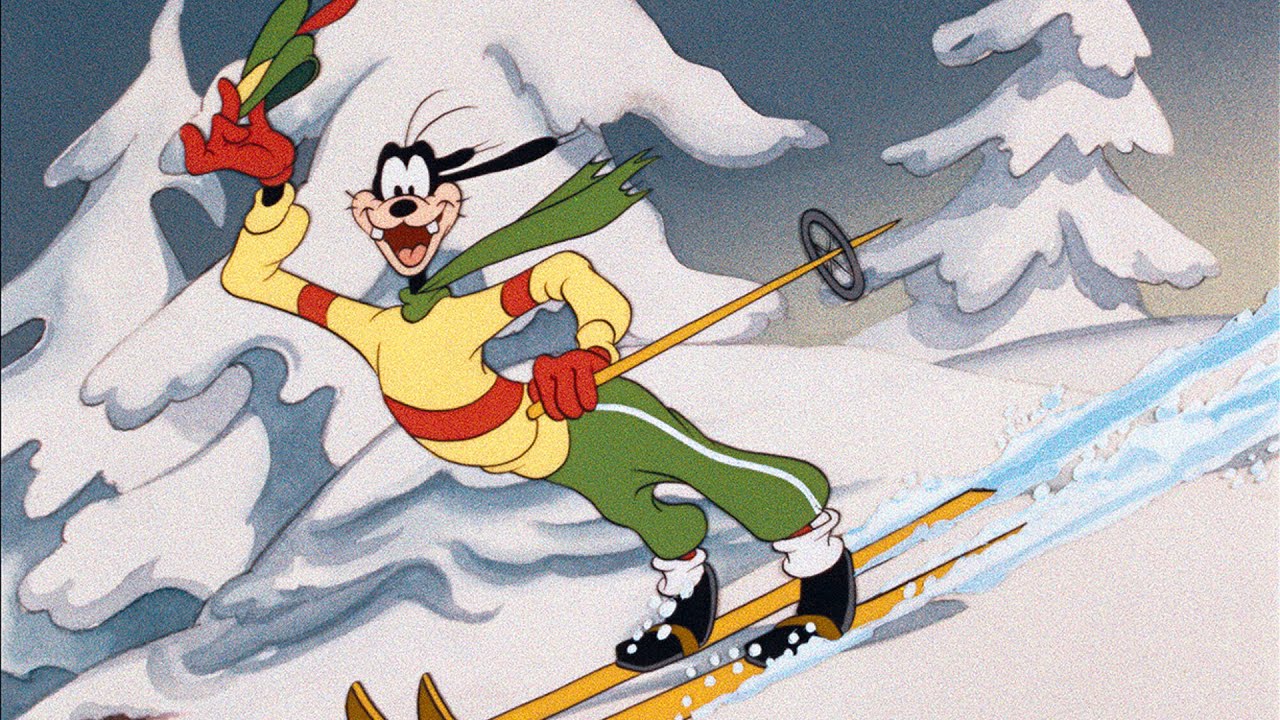
Mineral King Ski Resort
The month after it was confirmed that Walt Disney was responsible for buying all the swampland in Florida that would become Walt Disney World, the company was awarded the right to develop a ski resort at Mineral King, a location on the edge of the Sequoia National Forest. The idea was that the location would be a winter playground when it snowed, and be available for warmer activities in the summer. Walt also envisioned an animatronic band playing for guests in a restaurant that became the Country Bear Jamboree.
CINEMABLEND NEWSLETTER
Your Daily Blend of Entertainment News
Mineral King was quickly thrown into court, as environmental groups like the Sierra Club were concerned about what a Disney project would do to the area’s natural beauty. While Disney won most court battles, by the time things were settled, Walt had passed away and the Disney Company was focusing on getting Disney World finished. Mineral King simply faded away.
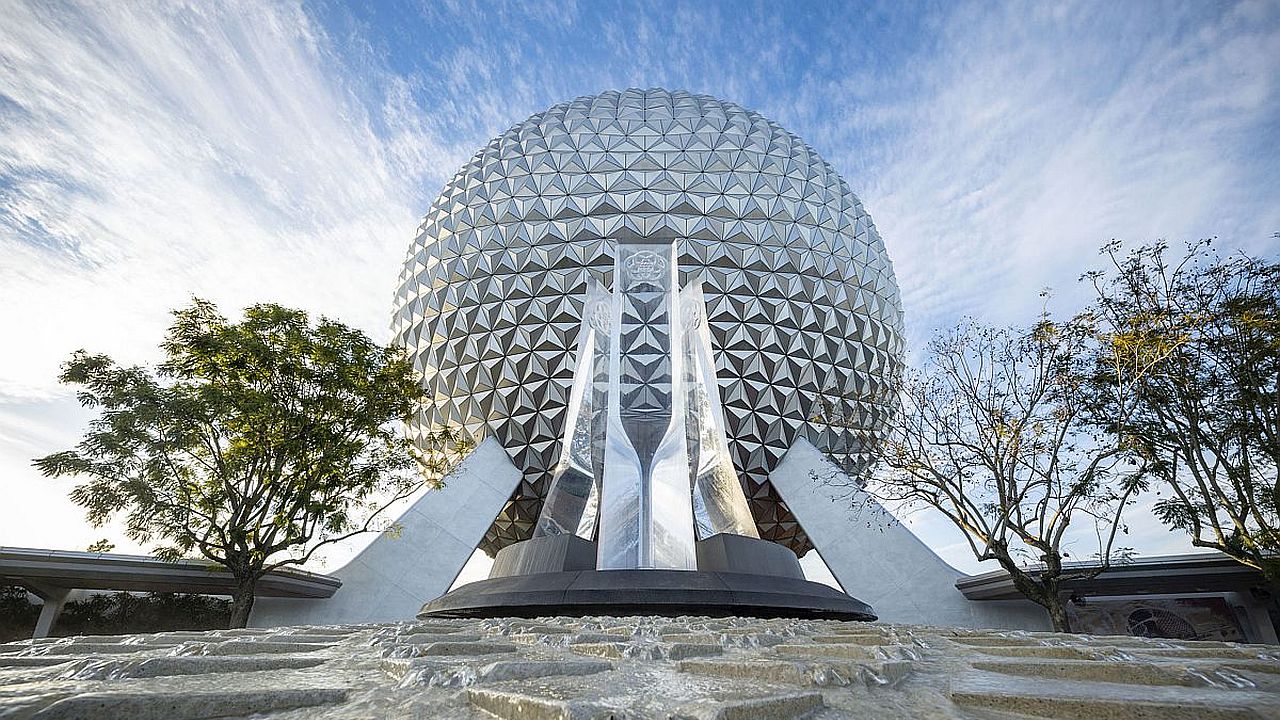
Westcot
When it came time to build a second theme park at Walt Disney World, Imagineers used a concept Walt had come up with to build an actual city of the future, Epcot. The park was both a look at the benefits of advancing technology and a permanent World’s Fair. So when the time came to build a second theme park near Disneyland, it made sense to build a West Coast version of Epcot.
WestCot was going to be Epcot on the West Coast. It would have a Future World and a World Showcase, just like Epcot, though Disneyland’s smaller footprint would make it a much smaller version of what you find in Orlando. In the end, WestCot was going to be too big. The initial plan was quite expensive, and with Disneyland Paris not becoming the instant success that it was expected to be, Disney felt it simply couldn’t afford the project. Eventually the much cheaper Disney California Adventure found its home on the same spot.
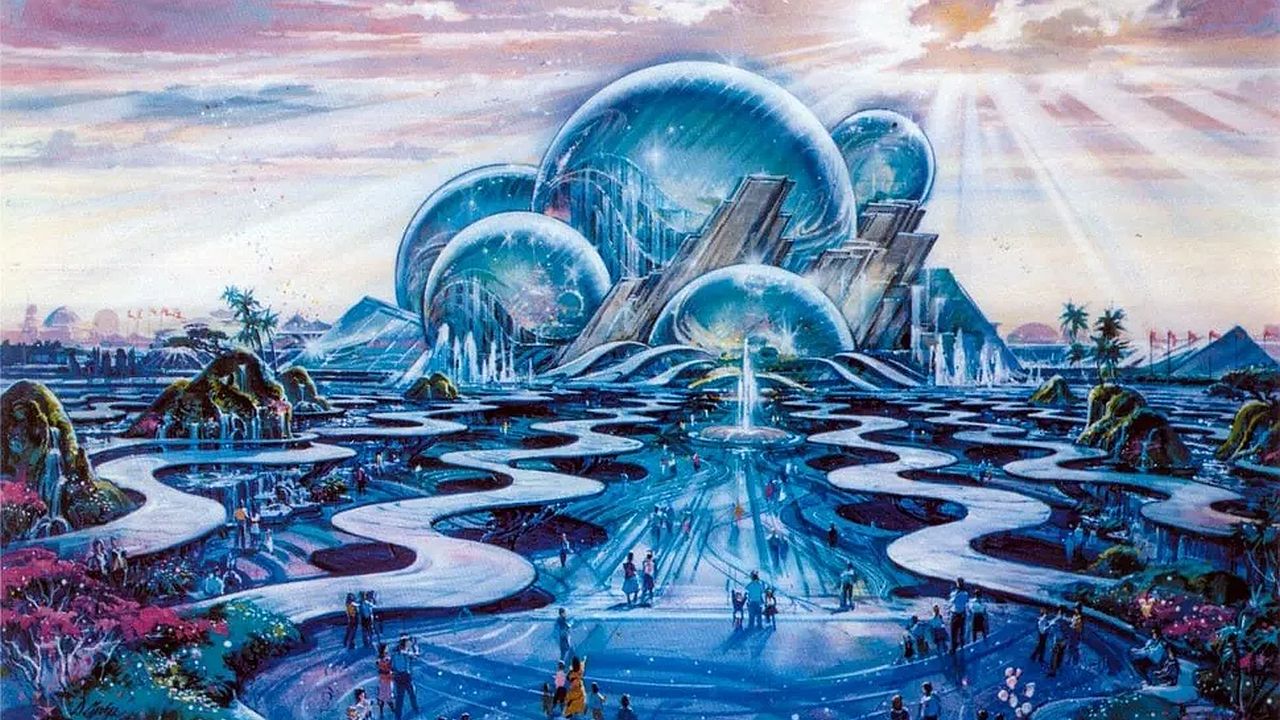
Port Disney
A second idea for a second Disneyland theme park was actually not that close to Disneyland. Part of the plan to turn Disneyland Park into the Disneyland Resort involved Disney acquiring the Disneyland Hotel, which it didn’t actually own in the 1980s. The deal to acquire the hotel included Disney taking over the lease for the Spruce Goose and the Queen Marty, both located at the port of Long Beach.
Port Disney would have turned this area in Long Beach into a theme park resort. It was going to be called DisneySea. Unfortunately, similar to the fate that befell Mineral King, not everybody was happy with what Disney wanted to do at the port, leading to significant public opposition to the plan. In fact, California law made many of Disney's plans illegal. Eventually the Port Disney plan was scrapped, but many of the ideas for it were reused for Tokyo Disney Resort’s second gate, Tokyo DisneySea.
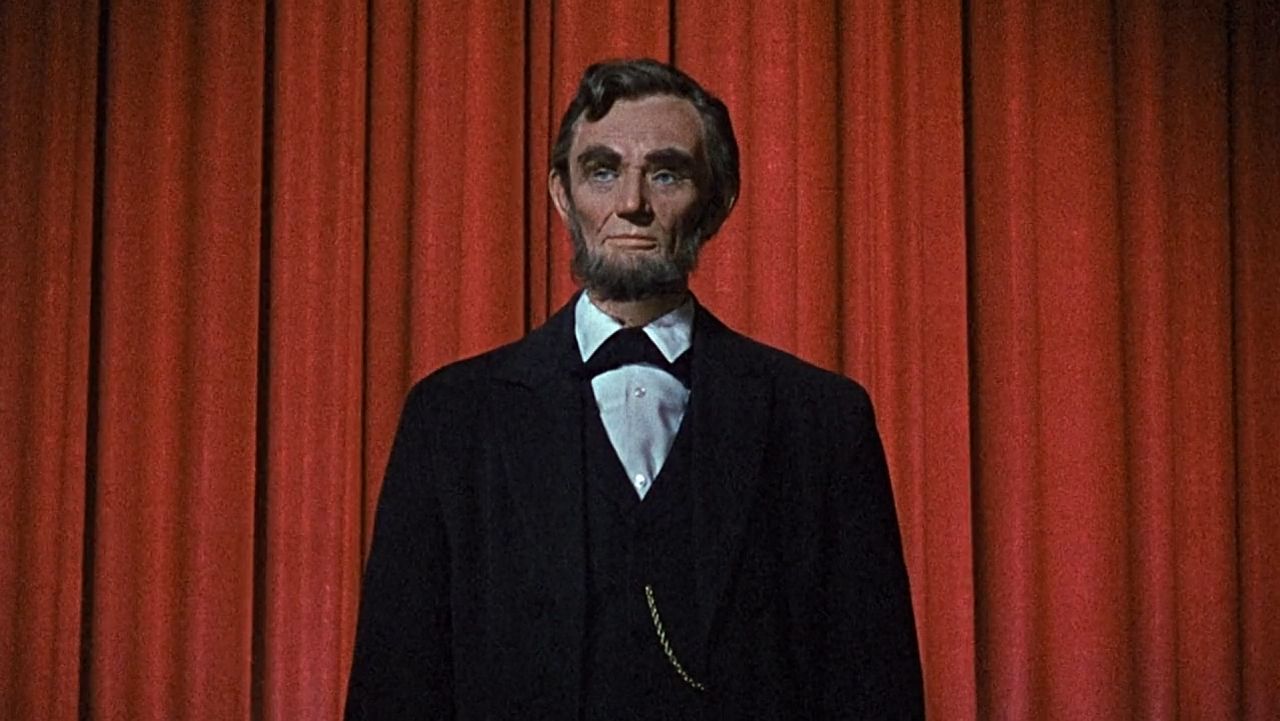
Disney’s America
Without question, the most ambitious of the Disney theme parks we never saw, Disney’s America, was going to be a theme park located near the Manassas Civil War battlefield in Virginia. Fitting its location, the park would be designed with each land dedicated to a different era of American history. Lands dedicated to the Industrial Revolution, a pre-colonial Native American village and, of course, a Civil War fort, were planned.
Unfortunately, many of those people who may have been the target audience for the park, history buffs, had the biggest problem with it. Many felt that considering that real Civil War battlefields were within a stone’s throw of the park, there was no need for the “Disney version.” There were also significant questions regarding how Disney would make concepts like slavery work in a theme park environment.
Disney’s America technically counts on this list twice, as the concept was revived when the family that owned Knott’s Berry Farm announced plans to sell the park. Disney considered buying the park and transforming it into Disney’s America. However, the Knott family wanted the park to remain largely as it was, so they weren’t interested in the Disney proposal.
With DisneylandForward currently in development, it’s possible we could be on the verge of the 13th Disney theme park. While the majority of the plan is focused on the expansion of Disneyland and Disney California Adventure, a third gate isn’t off the table. Of course, even if one is announced, it doesn’t mean it will happen, and perhaps, as with all these, we’ll only find ourselves thinking about what could have been.
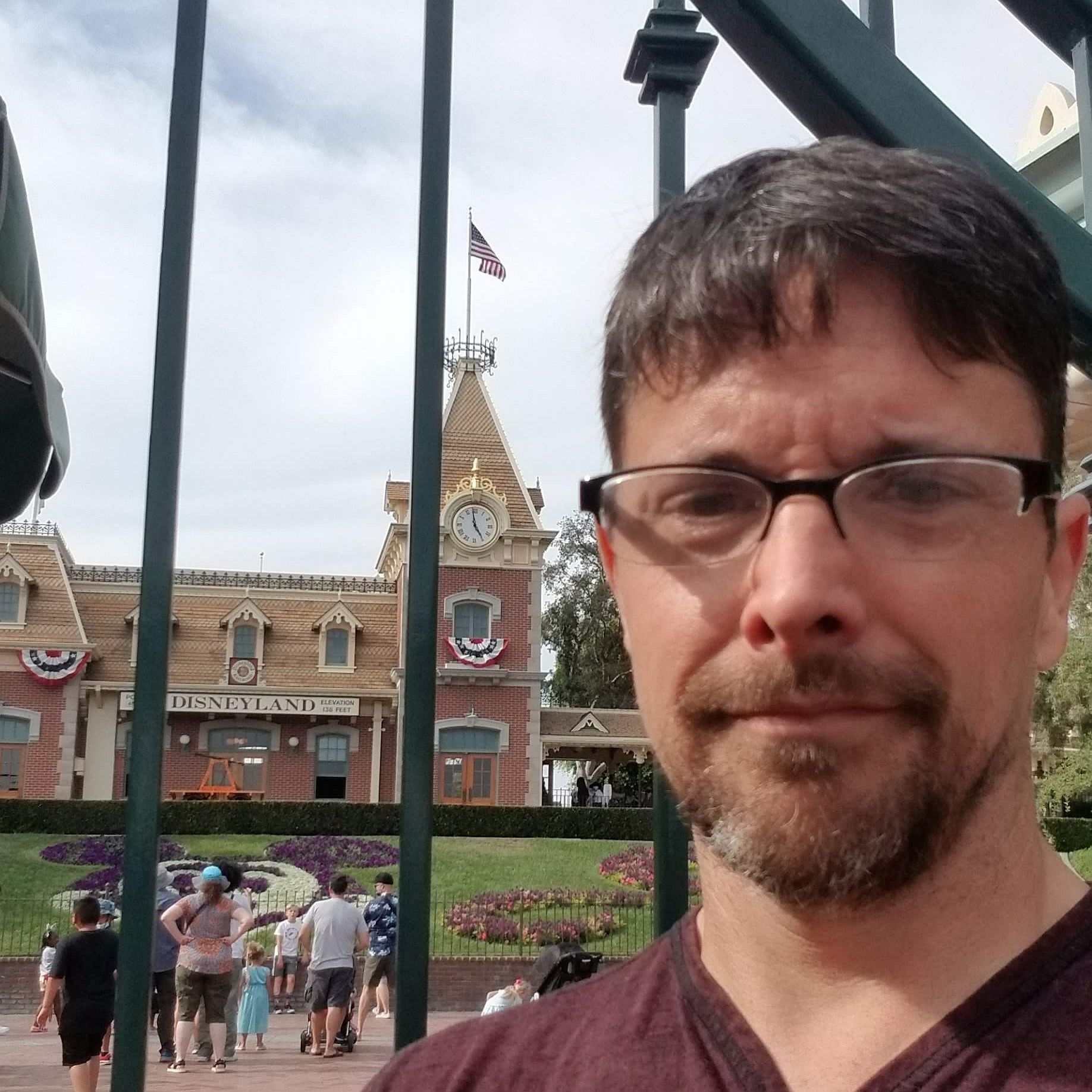
CinemaBlend’s resident theme park junkie and amateur Disney historian, Dirk began writing for CinemaBlend as a freelancer in 2015 before joining the site full-time in 2018. He has previously held positions as a Staff Writer and Games Editor, but has more recently transformed his true passion into his job as the head of the site's Theme Park section. He has previously done freelance work for various gaming and technology sites. Prior to starting his second career as a writer he worked for 12 years in sales for various companies within the consumer electronics industry. He has a degree in political science from the University of California, Davis. Is an armchair Imagineer, Epcot Stan, Future Club 33 Member.
